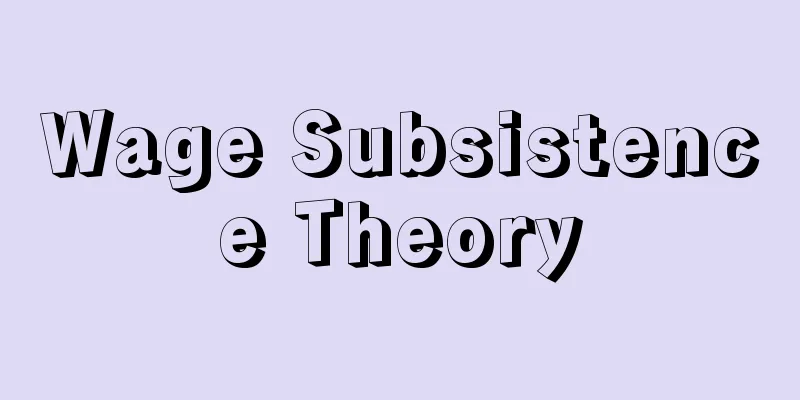Good Books - Zensho

|
A book of morality written for the Chinese common people. From the Song dynasty onwards, a popular moral movement developed based on the beliefs and religious practices that developed in common people's society, the religious consciousness of so-called popular Taoism. Among these, good books written from the perspective of the common people (the "ordinary people" in the Song dynasty, the "masses" at the end of the Ming dynasty) were widely circulated in common people's society and have continued to the present day. The characteristics of good books are: (1) they show the culture and religious consciousness of the common people, which is the unification of the three religions, "the consistency of Confucianism, Buddhism and Taoism" and "returning to the three religions and Confucianism"; and (2) they show that the individual people, as "ordinary people" and "masses," regardless of rank or wealth, approach God with a rational religious and moral consciousness as the subject of their actions. Representative examples of these excellent works include the "Taishang Ganying" (early Southern Song), the "Yinzhiwen" (late Ming), the "Guandi Jueshi Jing" (early Qing), and numerous "Gong and Guo Ge" (excellent books in which one's own actions are classified and calculated as merits or demerits, and used as a basis for accumulating good deeds (merits)). Furthermore, collections of good books and similar works such as the Qing Dynasty's "Keishinroku" and "Tongshenroku," collections of wise sayings and books of admonition that instruct the people on morality (such as the Ming Dynasty's "Meishin Baogan"), secular interpretations of imperially commissioned books for educating the people (such as the early Qing Dynasty's "Rikuyuengi"), and "treasured scrolls" circulated by religious societies and among the general public can also be included in the category of good books if they encourage common people to be virtuous. Among the gong gua ge are the oldest, the Gong gua ge of Taiwei Immortal Jun (first written in the Southern Song Dynasty and collected in the Daoist Classic), the gong gua ge collected in the Yinzhi Lu by Yuan Huang (Liaofan), a central figure in the fine calligraphy movement at the end of the Ming Dynasty, the Zizhi Lu by the monk Du Hong, and others from the Qing Dynasty. Most of these fine books were introduced to Japan in the early Edo period, and Japanese translations were also circulated, greatly influencing Japan's modern folk culture. [Tadao Sakai] [Reference items] | | |Source: Shogakukan Encyclopedia Nipponica About Encyclopedia Nipponica Information | Legend |
|
中国の民間に行われた勧善の書。宋(そう)代以後、庶民社会で展開された信仰や宗教慣行、いわゆる民衆道教の宗教意識に基づいて庶民的道徳運動が進展した。そのなかで庶民(宋代の「凡民(はんみん)」、明(みん)末の「大衆(たいしゅう)」)の立場から善書が作成されると、庶民社会で大いに流通し、現代にまで及んでいる。善書の特徴は、(1)三教合一「儒仏道一貫」「三教帰儒」の庶民的文化・宗教意識が示されること、(2)貴賤(きせん)貧富の別を超えた「凡民」「大衆」としての個々の民衆が、行為の主体者として合理的な宗教道徳意識をもって神に対すること、などにある。 善書の代表的なものは『太上感応篇(たいじょうかんおうへん)』(南宋初)、『陰隲文(いんしつぶん)』(明末)、『関帝覚世経(かんていかくせいきょう)』(清(しん)初)、および多数の「功過格(こうかかく)」(自己の行為を功と過に分類計算して、積善(功)の資とする善書)などである。さらに清代の『敬信録(けいしんろく)』『同善録(どうぜんろく)』などの善書叢書(そうしょ)・類書、民衆道徳を説く嘉言(かげん)集や訓戒書(明の『明心宝鑑(めいしんほうがん)』など)、民衆教化のための勅撰(ちょくせん)書の俗解書(清初の『六諭衍義(りくゆえんぎ)』など)、また宗教結社や民間に流通した「宝巻(ほうかん)」類も、庶民に勧善を説くものは善書のなかに入れてよい。功過格には、もっとも古い『太微仙君(たいびせんくん)功過格』(南宋初作、『道蔵』収)、明末の善書運動の中心人物袁黄(えんこう)(了凡)の『陰隲録』収の功過格、僧袾宏(しこう)の『自知(じち)録』および清(しん)代のものなどがある。 善書のおもなものは、江戸初期から日本に伝えられ、和訳本も流通し、日本の近代化民衆文化に大いに影響した。 [酒井忠夫] [参照項目] | | |出典 小学館 日本大百科全書(ニッポニカ)日本大百科全書(ニッポニカ)について 情報 | 凡例 |
Recommend
One bundle, one roll - Issoku Ikkan
〘 noun 〙 A gift given during the Muromachi and Edo...
Paramaribo (English spelling)
The capital of Suriname, located in northern South...
Mr. Amari - Too much
A medieval samurai of Kai. A branch of the Takeda ...
Hemiprocne coronata (English spelling)
... There are three species of Crested Swifts fou...
Gazelle - Gazelle (English spelling)
A general term for animals in the genus Gazella, ...
Pancreatic leech - Eurytrema pancreaticum
A parasitic worm belonging to the family Dichleata...
Kokubu [city] - Kokubu
An old city in the north of Kagoshima Bay, in the ...
Roermond (English spelling)
A city in the province of Limburg in the southern ...
Tax theory - Sozeiriron
[Types of tax theory] Tax theory consists of two ...
Cantilever bridge
→ Gelber Bridge Source : Heibonsha Encyclopedia Ab...
PAVE PAWS
...Its missions are missile warning, air defense,...
Line standard - Sendoki
A linear standard is a ruler that expresses length...
Quenching oil - Yakiireyu (English spelling)
Mineral oil for heat treatment such as quenching a...
Cut rice - Kirimai
〘 noun 〙① In the Middle Ages, the contract to pay ...
Baroque drama - Baroque drama
The term "Baroque drama" is often used i...









